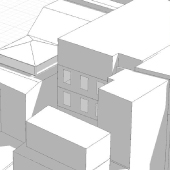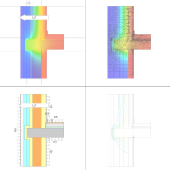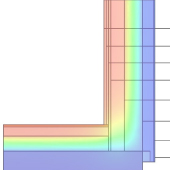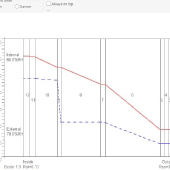CONDENSATION RISK ANALYSIS
What is it?
In buildings, condensation can occur when water vapour, usually produced by the occupants and their activities, condenses on exposed building surfaces where it supports mould growth, or within building elements when it’s called interstitial condensation.
What is it for?
Read more...
Condensation regularly occurs on the inner surface of the outer leaf of a cavity wall, which receives very much more water from driving rain. Damage can occur to the building fabric and contents, and the dampness and associated mould can be distressing to occupants and can cause health problems.
Surface condensation occurs on surfaces, such as the internal surface of external fabric elements or cold pipes and cisterns, which are at or below the dew point of the air in contact with them, and is controlled by the temperature of the surface and the vapour pressure of the air.
Requirements
The standards used to assess compliance are:
- BS 5250:2006 Code of practice for control of condensation in buildings
- BS EN ISO 13788:2012 Hygrothermal performance of building components and building elements. Internal surface temperature to avoid critical surface humidity and interstitial condensation
- Calculation methods
- BRE IP /06 Assessing the effects of thermal bridging at junctions and around openings, using the FRsi Temperature factor
- DIN EN 15026 using WUFI software
Finished Projects

St Johns

Farm Lane

Carnegie House

Queens Road Peckham




















